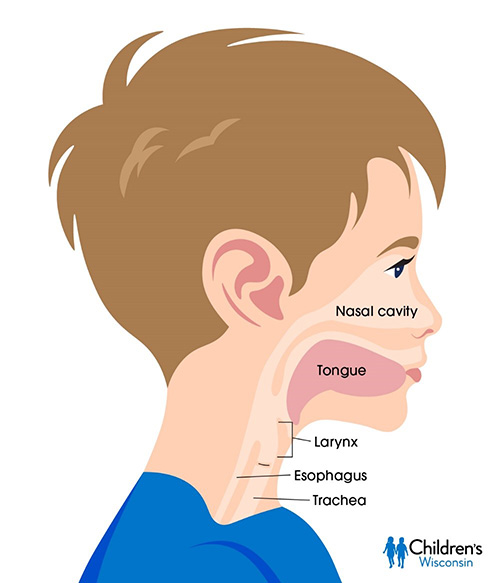The Aerodigestive Center at Children's Wisconsin provides your child a dedicated team offering complete multidisciplinary care and treatment of complex airway and digestive tract disorders in children.
A Team Approach
Aerodigestive disorders affect your child's breathing, ability to swallow and eat. Treatment of these complex conditions requires integrated support from multiple specialists.
The Aerodigestive Center at Children’s Wisconsin provides your child with a dedicated team of specialists that work together to treat complex airway and digestive tract disorders in children. Each patient that is seen in the Aerodigestive Clinic has an in-depth team discussion and is seen by all necessary specialists. Your child’s medical record is reviewed and discussed by all team members prior to your visit.
Specialized Services
The specialists on our team include:
- Otolaryngology (ear, nose and throat) doctor
- Gastroenterology doctor
- Pulmonary doctor
- Speech and language specialist
- Pediatric general surgery
- Nutrition
In addition to the specialists on our own team, we have access to a variety of nationally recognized specialists at Children's Wisconsin. This means more specialists and treatment possibilities for your child, all working in collaboration.





